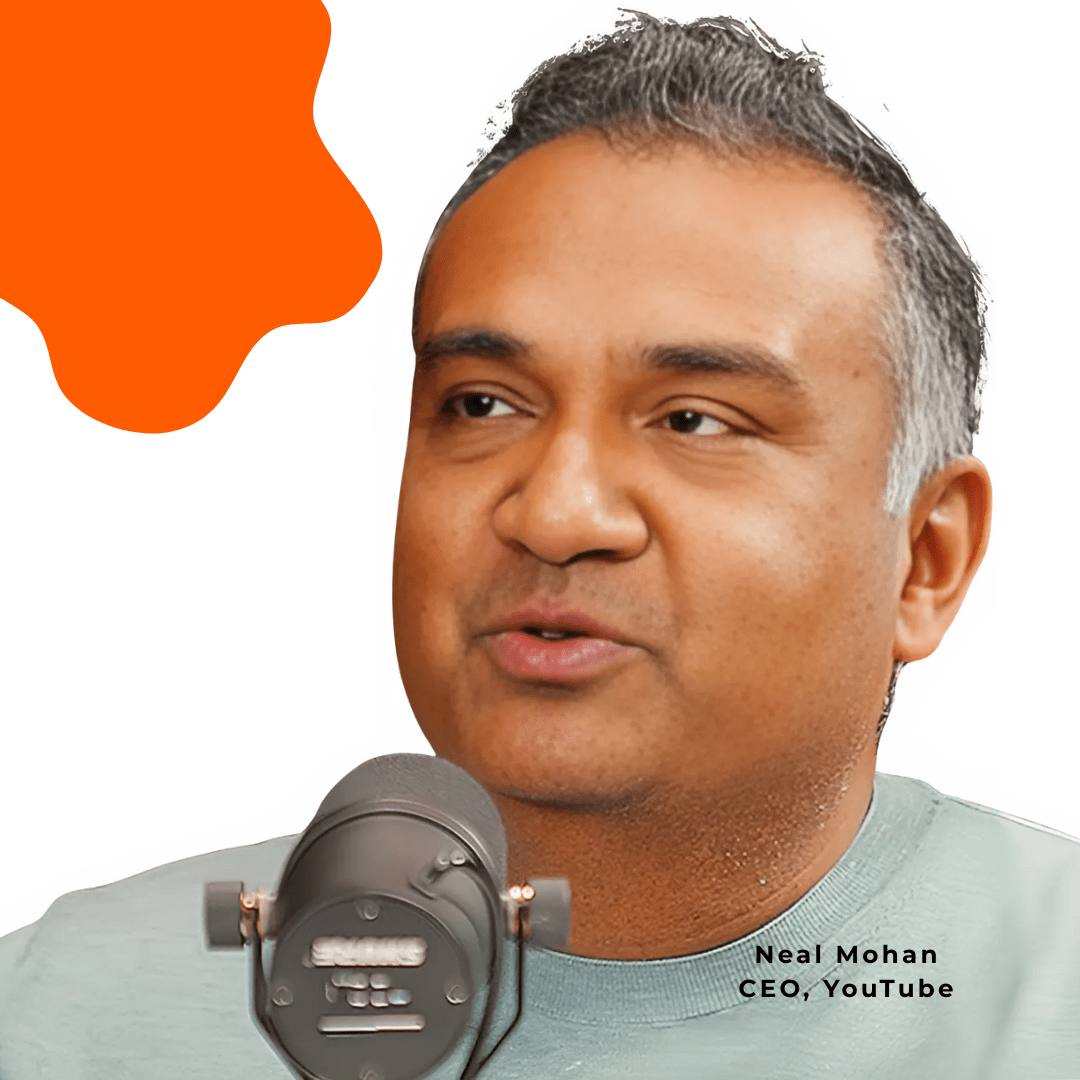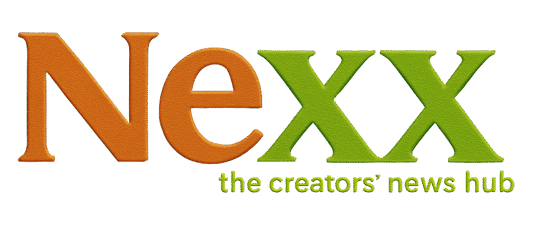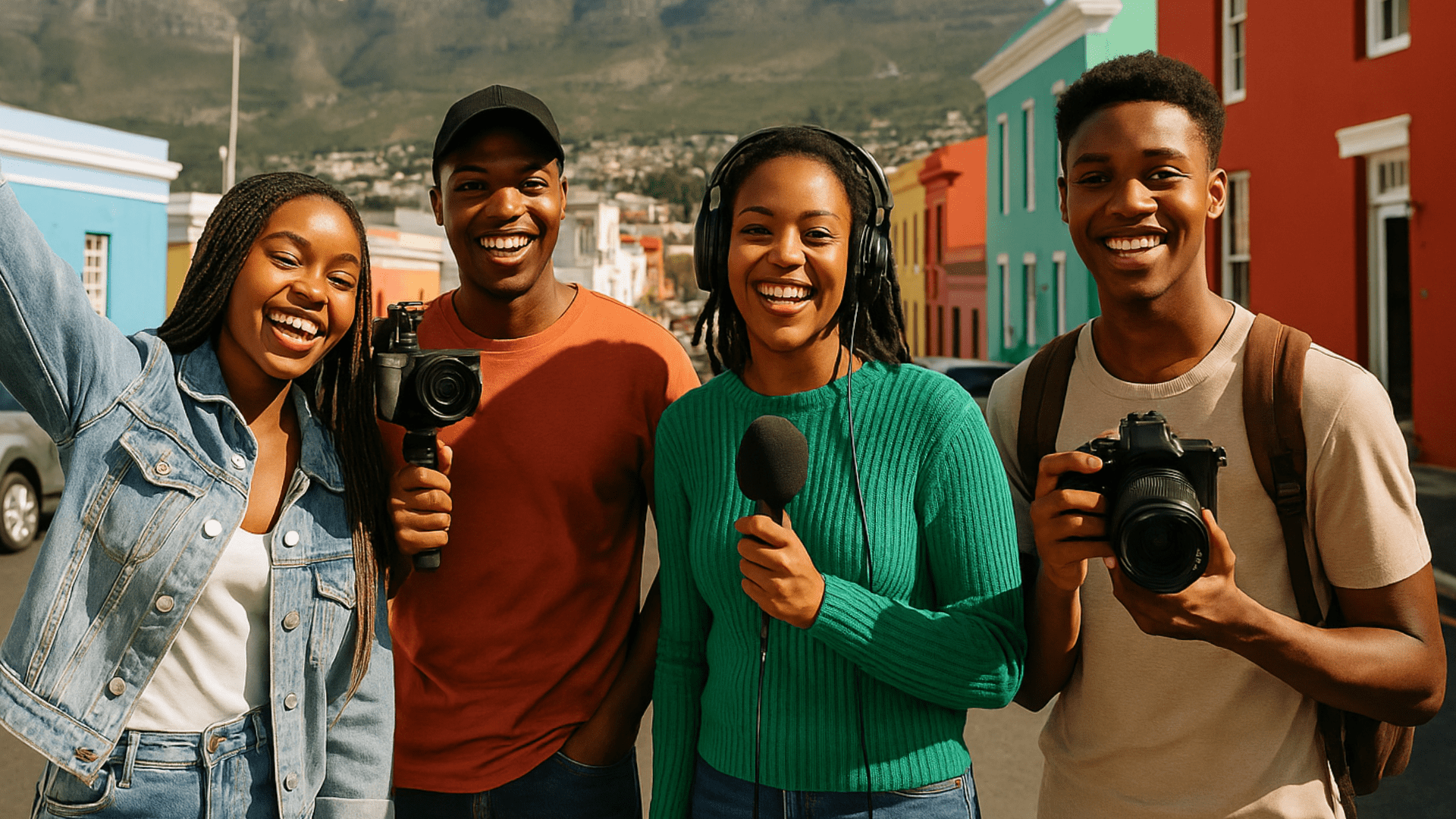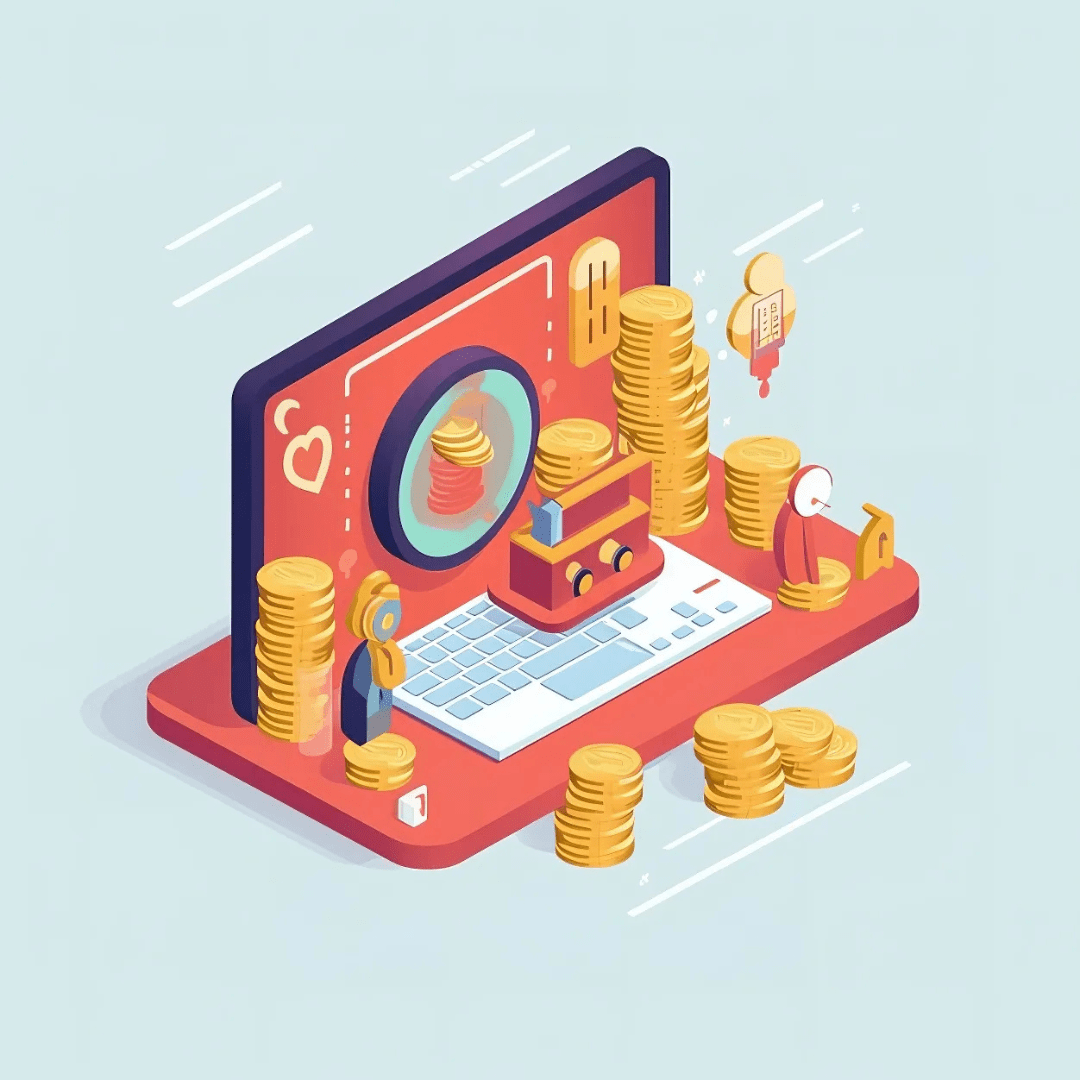
GLOBAL / AFRICA — For more than a decade, YouTube has been the promised land for
content creators. From bedroom vloggers to African gospel musicians, the platform has
transformed countless lives with the promise of a global audience and the possibility of real
income.
But starting July 15, 2025, the path to monetization is about to change — and not everyone will
cut.
In a major update to its Partner Program rules, YouTube has announced a crackdown on what
it calls “inauthentic content” — a category that includes mass-produced videos, repetitive
formats, AI-generated material with minimal transformation, and re-uploaded clips with little
original input.
According to YouTube’s official announcement, the updated policy is aimed at protecting the
quality of the platform’s content ecosystem. While YouTube has always required creators to
submit original, advertiser-friendly work, the rise of AI-generated videos, “content farms,” and
low-effort automation has prompted stricter enforcement.
“This is not about punishing creators,” YouTube’s policy team stated. “It’s about ensuring
viewers get authentic, creative work — and that advertisers can trust the content they’re
appearing alongside.”
In other words, if your channel relies on recycled clips, slideshow videos with stock
narration, or AI scripts read verbatim without meaningful human touch, you could see your
monetization switched off.
YouTube’s examples of inauthentic content include:
- AI-generated videos that are purely automated and lack meaningful editing or commentary.
- Mass-uploaded templates where only minor elements (like images or music) change.
- Repeated content across multiple channels without a substantial difference.
- Collections of clips from other creators with no original analysis or added value.
It’s worth noting that AI itself is not banned. Creators can still use AI tools like Sora, Runway,
or ElevenLabs — provided they combine them with original ideas, context, and human
creativity.
What African Creators Need to Watch Out For
For African creators, this change brings both risk and opportunity. Risk, because many small-scale channels — especially those focusing on automated news, quotes, or religious messages — often rely heavily on template content. Opportunity, because the policy could clear out spammy competition, giving genuine storytellers a better chance at visibility.
“Originality has always been the winning formula,” says Kofi Mensah, a Ghanaian YouTube
strategist. “This update just forces the issue. For creators who bring real cultural context, African
storytelling, or faith-based insight, this is a net positive.”
Faith-Based Creators and the New Rules
Christian and values-driven creators may be particularly affected if their formats lean too heavily
on unmodified scripture readings or downloaded worship footage.
“YouTube isn’t saying you can’t read the Bible on video,” explains Mercy Wanjiku, a Nairobi-
based content consultant. “They’re saying you need to do it in a way that adds your voice, your
reflection, your interpretation — something that makes it unmistakably yours.”
This could mean:
- Adding commentary or personal testimony alongside scripture.
- Filming in unique, culturally relevant settings.
- Incorporating original visuals, graphics, or music.
Monetization Beyond AdSense
The update also highlights the need for creators to diversify revenue streams. If AdSense
income is at risk, creators can still thrive through:
- Membership programs (YouTube Channel Memberships, Patreon).
- Merchandise sales (faith-themed apparel, creator-branded items).
- Sponsorships with values-aligned brands.
- Live event ticketing for virtual worship sessions, conferences, or creator meetups.
Some African creators are already adapting. Nigerian gospel musician Precious Obong says
she’s shifting focus to live concert streams with direct fan support: “YouTube is still my stage,
but I’m making sure the audience can support me directly, not just through ads.”
Practical Steps to Stay Monetized
For creators who want to survive the July 15 update, here’s the checklist:
- Audit Your Content: Identify videos that could be flagged as repetitive or inauthentic.
- Add Value: For any reused clips or AI-generated elements, insert commentary, unique footage, or narrative framing.
- Boost Original Production: Even if your gear is basic, authenticity and context matter more than cinematic quality.
- Leverage African Stories: Cultural specificity is a natural originality booster. Showcase local traditions, music, and environments.
- Track Analytics: Watch for drops in monetization status, and appeal quickly if wrongly flagged.
What This Means for the Creator Economy in Africa
This change may push African content creation into a quality-over-quantity era. Instead of
mass-uploading short, low-effort videos, creators might focus on fewer but more original
productions — a shift that could help Africa’s creative output gain stronger global recognition.
Platforms like TikTok and Instagram Reels still reward fast, high-volume posting, but YouTube’s
model has always favored depth and engagement.
“This could be a turning point,” says Thabo Ndlovu, program director for Faith Nexus 2025.
“It forces African creators to lean into their unique voice. And when we do that, the world
listens.”
The Bigger Picture — Africa’s Place in Global YouTube Strategy
While the policy is global, its implications for Africa are unique. Many African creators already
face lower CPM rates — earning 30–70% less per 1,000 views than their Western peers. The
hope is that by prioritizing higher-quality, original African content, YouTube could attract more
premium advertisers to the continent.
If that happens, monetization could improve for those who adapt early.
With the clock ticking, the next few months will be a test of adaptability. For some, the update
may be a roadblock. For others, it’s an open door to distinguish themselves in a cleaner, more
competitive environment.
As for Faith Mwangi — the Nairobi devotional creator featured in NEX Magazine’s cover story,
she’s ready. “I’ve always shared my heart, not just the words,” she says. “If YouTube wants
originality, they’ll get it. My story is mine to tell.”



